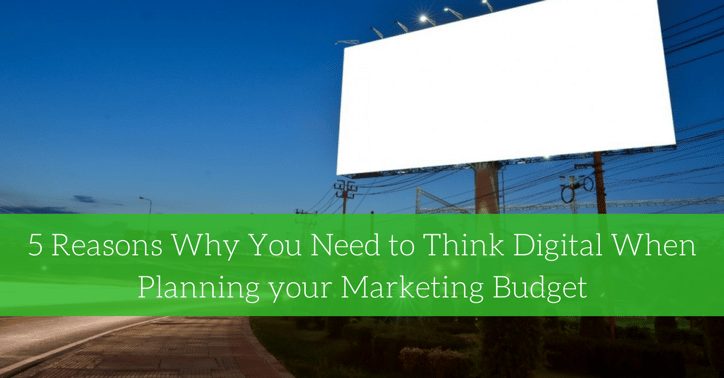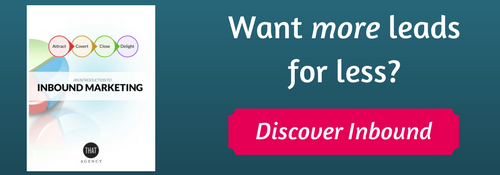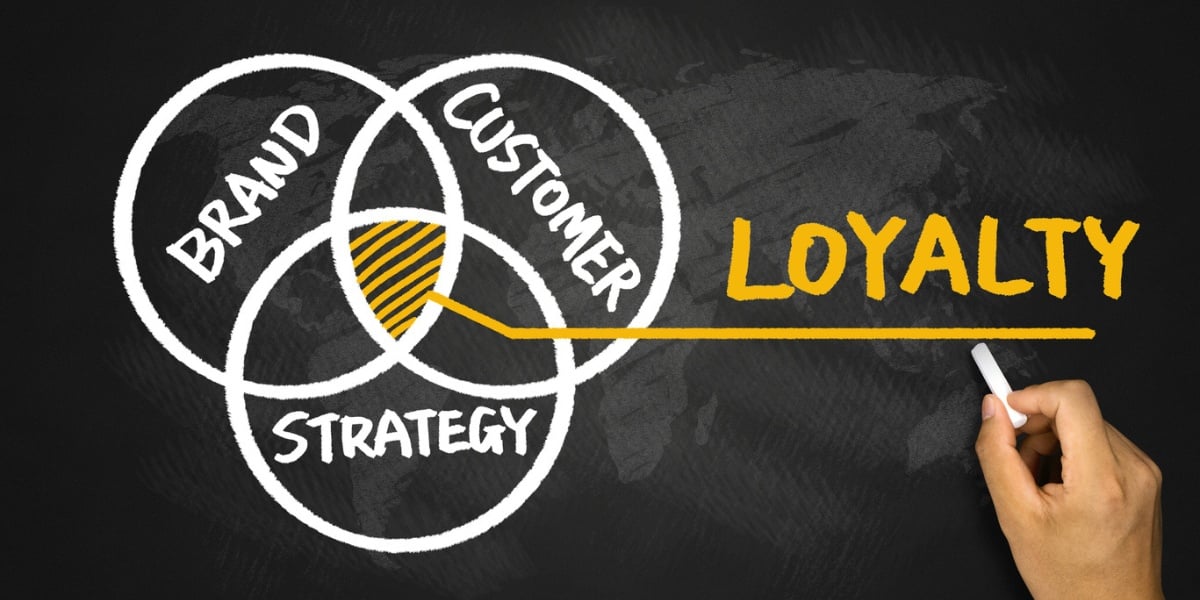
I started doing social marketing professionally almost right out of college and digital marketing has been the only industry I’ve ever worked in. I have been fortunate to see social media marketing go from being considered a time suck to being the most cost effective way to advertise to a targeted audience. Even though social and digital media has grown immensely over the last 10 years, I still find myself having to push for brands to allocate the appropriate budgets to advertise on social media. For your reading pleasure, here are 5 reasons you need to think digital when it comes to planning your marketing budget.
1. Less Funnel, More Ping-Pong
The concept of a marketing funnel is still applicable, but the logic is flawed. The digital consumer doesn’t follow a linear path to purchase. People now have an attention span of 8 seconds and need at least 7 different touch points before they are ready to make a purchasing decision. In a sense, the modern buying process is much more like a ping pong ball ricocheting off walls and less like a smooth moving funnel.
With this in mind, let’s think about user behavior as it relates to thinking about traditional advertising (TV, radio) compared to digital advertising. What do you do when a TV commercial comes on during your favorite show? Assuming you aren’t streaming the content digitally, you likely pull out your phone to skim Facebook or perhaps check Instagram until your show resumes. Because there are more ways to divert attention than ever, that $3,000 perfectly produced commercial was just ousted by natural user behavior. Studies show that people are now spending more time online than with TV or any other media. There is so much more to interact with, if you can’t catch their attention with traditional ads in 8 seconds, you lost that attention to digital.
2. Trackability
My main expertise is social media marketing / advertising. With that experience comes the ongoing battle of whether social media drives leads. I always tell clients that just because social media can (and usually does) drive leads, doesn’t mean it always will. When I get a confused look, I explain that there are two ways to look at conversions: assisted and direct. A direct conversion comes as a direct result of a social ad. An assisted conversion is when a social media ad helps influence a conversion (remember the ping-pong) that comes from a different channel. You can track both through google analytics. Now, lets take a step back and look at the different ways we can track digital advertising.
- Impression
- Cost per Impression
- Reach
- Clicks
- Click Through Rate
- Cost per Click
- Conversions
- Conversion Value
While there admittedly are blind spots in measuring the bottom-line impact of social advertising, they are immensely more trackable than the typical traditional advertising campaign. Let’s think of the different ways to track a radio, TV or billboard ad.
- Monitor sales before and after placement
- Give unique URL / phone number to measure traffic
- Impressions (for TV / Billboard)
- Survey – ask people how they heard of you or the campaign
Now, I am clearly biased. I admit it. However, if I came to sell you on two campaigns with one having 8 different measurable data points and the other having 4, which would you choose on trackability alone? Its time to challenge the status quo and stop relying on guesstimate data. There’s a reason digital advertising dollars surpassed TV in 2016!
3. Quick-Win vs. Long-Term
I like to make the comparison that traditional advertising is rooted in the quick win while digital advertising is rooted in long term growth. It might sound weird given the fast-paced nature of digital, however through storytelling, community building and audience nurturing we can start to develop tangible brand equity with digital advertising. Since competition is higher than ever and consumers need morenurturing to make a purchasing decision, does it really make sense to dump a ton of dollars into a quick-win effort? If someone doesn’t covert after watching your TV ad, you have no way of tactically getting back in front of that consumer. However, through retargeting on search engines, display and social media advertising, you can! By the way, did you know that users who are retargeted are 70% more likely to convert? Marketers in all industries need to think long and hard about whether they want simply want to beat last month or beat last year. Digital advertising has way more potential to build on itself compared to traditional advertising.
4. Cost
Now, the elephant in the room. Let’s talk cost of advertising. I took the bold stance earlier that social media advertising was the most cost effective way to reach a targeted group of consumers. I stand by that statement. Using our own research and data, we typically see the following results in our social advertising campaigns:
- Facebook Cost per Click: $0.23 - $0.75
- Facebook Cost per 1000 Impressions: $5.11 - $10.99
- Instagram Cost per 1000 Impression: $20
Results will vary for industries, budgets and targeting. I won’t spoil the fun for you, I encourage you to research typical CPCs and CPMs for traditional advertisings. I have a pretty solid bet saying its nowhere as affordable as social media. I love this quote:
"Digital advertising is not only pulling dollars from traditional media, but it's also creating new opportunities at the local and national level". - eMarketer forecasting analyst Martin Utreras
There is no way in hell your local donut shop would have the budget to run a local TV and radio spot on a measurable and consistant basis. However, with digital advertising they could reach thousands of targeted consumers for a few hundred dollars.
5. Collaboration, Not Competition
At the end of the day. ALL campaigns should have a multi-channel approach. Traditional advertising absolutely has its place (despite not being overly trackable or affordable). If we once again think about the ping-pong example, we need to give consumers multiple ways to interact with brands, not simply dump money into one channel. A colleague of mine (who is awesome) put it this way:
“First and foremost, we all need to keep in mind that customers see us as a brand entity first. Their expectation is that we will be available and responsive on every channel we use. So, if we want to see the greatest return on the investment in traditional media buys, we will need to put resources into the places our customers go after they've heard our radio spot or watched our TV commercial. There are lots of great studies on how both social media engagement and mobile search queries spike by both location and time of day to coincide with a TV or radio placement. If we want to close the loop on communication opened by traditional spend, we need to be ready to track online engagement in response to those ads." - Michelle Stinson Ross
Michelle makes an incredible point! TV commercials get talked about on social media. They get shared, supported and even leaked ahead of time on Youtube. Traditional really works best when it has a digital component. We must get away from this idea that your brand can be competitive with vanity campaigns and limping onto the field where their target consumer is spending the most time.
At the end of the day, you have to plan your marketing budget based on which channels are driving the most cost effective results for your buisness. The marketing industry is pointing to digital, however traditional will always have its place. If you are interested in how smart digital marketing can drive leads for your buiness, check out our inbound marketing whitepaper!




